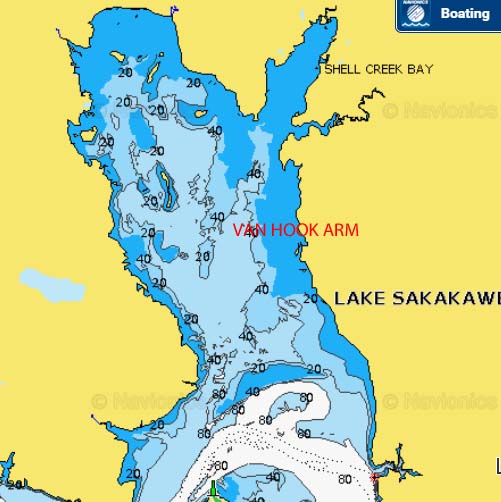
Not very long ago this giant reservoir on the Missouri River went through hard times. These days, however, things are different. Lake Sakakawea water levels that are high and stable, plus a resurgence of rainbow smelt, (the lake’s dominant forage fish) have turned it once again into a thriving sport fishery.
Northern pike grow to impressive size here, and the smallmouth bass fishery is building into something remarkable. Walleyes, however, are the main draw. Team Northland member Travis Peterson says the fishing is fantastic, and by all indications, it will stay that way for years to come.
From the Garrison Dam near Pick City, ND, the lake stretches for 178 miles upriver, features more than 1,500 miles of shoreline and more than 380,000 surface acres, and boasts 35 recreational areas around its boundaries.
Much of the walleye fishing tactics discussed here center on the reservoir’s tributaries and their associated structure. We’ve marked a number of them, but needless to say there are many, many more just like them up and down the lake, and the savvy angler will use this as a guide to explore them on his own.
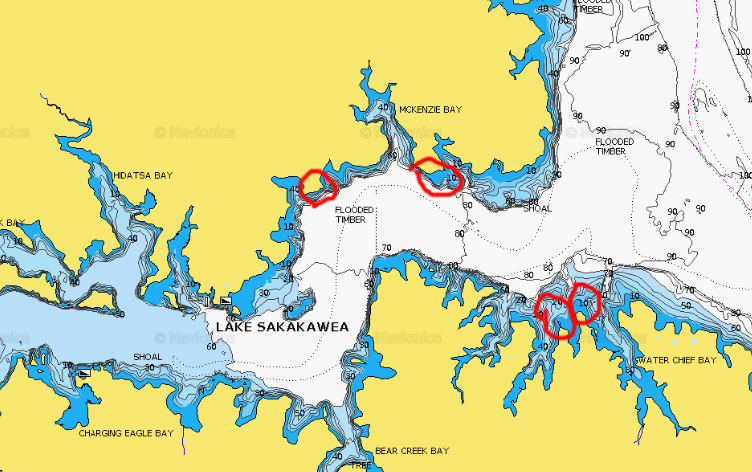
1. During the spawn and post-spawn periods concentrate on Lake Sakakawea’s creek arms. Peterson says the second and third points back from the mouth are often most productive. Cast a 1/16-ounce Fire-Ball® tipped with a live minnow or Impulse® Smelt Minnow to shallow cover, focusing on irregularities along the shoreline. McKenzie Bay is an early-season hotspot, but don’t hesitate to explore the countless arms up and down the reservoir.
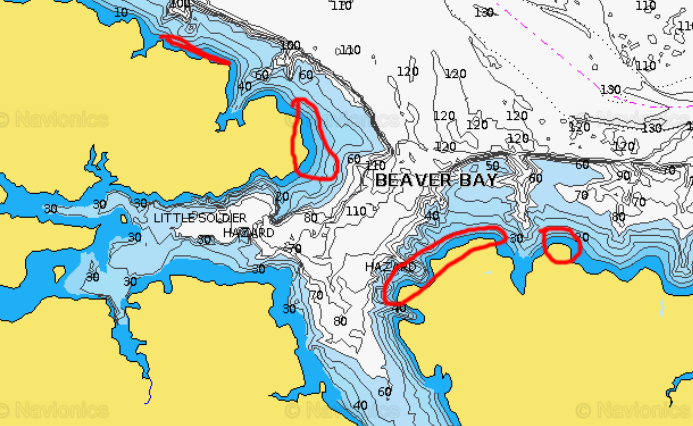
2. In a typical year, walleye action moves out to the main lake around June 1. Now’s the time to focus on the mouths of creek arms, primary points on either side of an arm, as well as bluff banks between arms. Peterson recommends trolling an Impulse® Rigged Nightcrawler behind a ½-ounce Rock-Runner Slip Bouncer. “I let the rigs back far enough to touch bottom,” he says, “and troll at 1.5 to 2 mph. A lot of anglers slow down, even using drift socks, but I like to move fast. You cover more water, and get just as many, if not more, bites.”
The key is a wind blowing into the shoreline, he says, adding that most fish will be in 5 to 10 feet of water close to the bank. Some fishermen prefer to ply deeper water near these areas, often catching larger fish but getting fewer hook-ups per day. Anglers can expect this pattern to hold until mid-September.
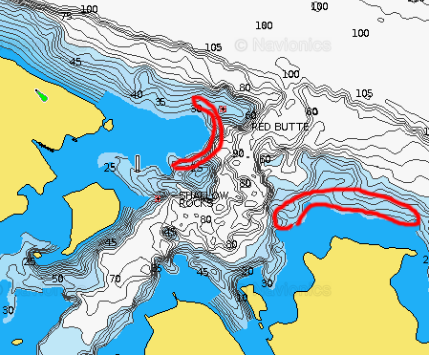
3. Fall brings jigs back to the forefront, but in deeper water (15 to 30 feet) around the primary points bracketing a creek arm. Try vertical jigging a ¼- to 3/8-ounce classic Whistler Jig tipped with a minnow or plastic. Peterson fishes this pattern through late October, though he sometimes has to pick and choose nice days in the latter part of the period.
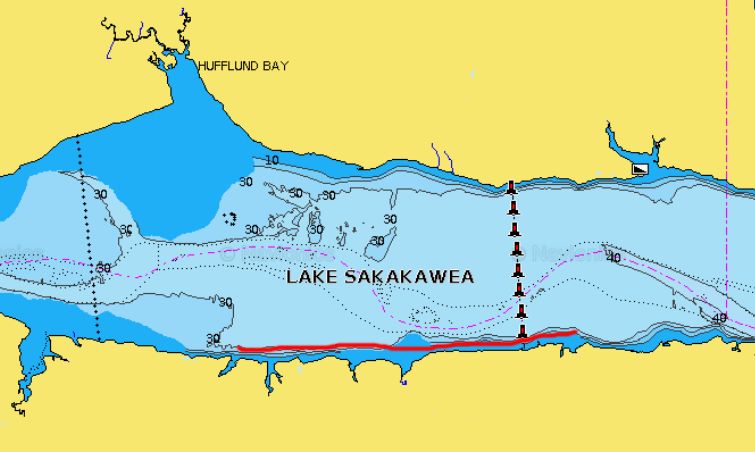
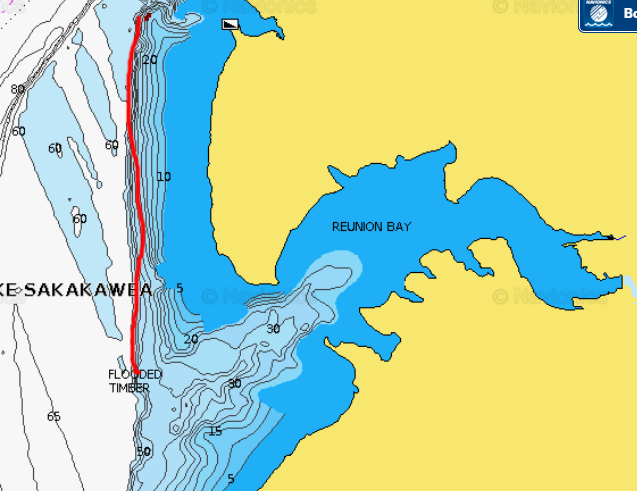
4. Lake Sakakawea is open to recreational fishing year-round, so open-water action begins as soon as the ice disappears. Peterson suggests slipping the current and vertical jigging gravel flats along the shoreline in the 20- to 30-foot range with a ¼-ounce Fire-Ball® and minnow or soft bait trailer. Cruise the flats and start fishing where you see multiple marks on the screen. You’re more likely to connect with sizable saugers at this time, but walleyes are definitely on the menu.

5. Sakakawea’s renowned Van Hook Arm is an anomaly. Isolated from the main river channel, the expansive bay, with its many submerged humps and breaklines, fishes more like a natural lake than a river-run reservoir, says Peterson. He typically runs spinner rigs on or near the structure, but at a slower pace than in the main lake. “Once you get on the structure, you can slow way down and fish live-bait rigs, too,” he says.

